Just your friendly neighbourhood horse and other animal artist!
Don't wanna be here? Send us removal request.
Text
Just some lil linkies
Since other folks are finally catching on, although I jumped ship a year or two ago here are a couple links to my most active places these days.
Furaffinity:
https://www.furaffinity.net/user/undermrph/
Twitter:
https://twitter.com/undermrph?lang=en
8 notes
·
View notes
Photo
A great gifty from a freindo! X3
Go ahead and give their stuffs a looksie

“Tea Time is over, time for battle.”
In a distopian UK, every classes have to defend themselves to protect their territories, no matter what you have, you have to fight for it!
Featuring @ask-chrisgotjar‘s character, good pal, make sure to check out his works~
12 notes
·
View notes
Photo

CHALLENGE!:

Pull whatever you can see out of this image, draw it, and submit your drawing to my -inbox-
On the 5th, I’ll post ‘em.
88 notes
·
View notes
Photo

A drawing of @ask-chrisgotjar to participate in a raffle on a discord server I am in.
I’m need to work on my style more. I feel like I’m getting repetitive.
14 notes
·
View notes
Photo

Sharkey Chris for Shark Week!
1 note
·
View note
Photo

I don’t think I’ve made one of these sketchy comics in a while
3 notes
·
View notes
Photo

I'm in England It's rained once in an almost two month period Send help!
3 notes
·
View notes
Photo
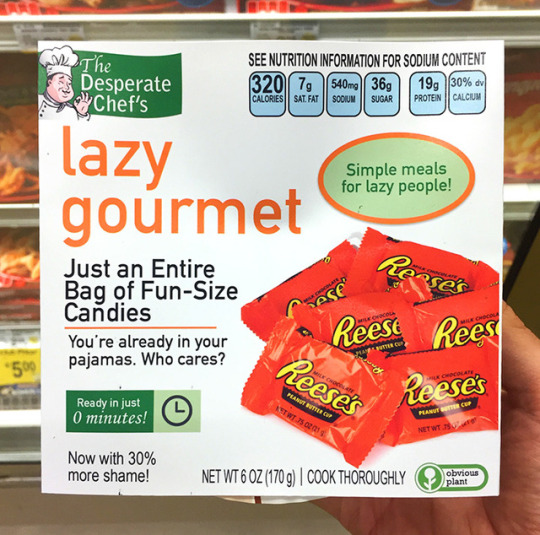

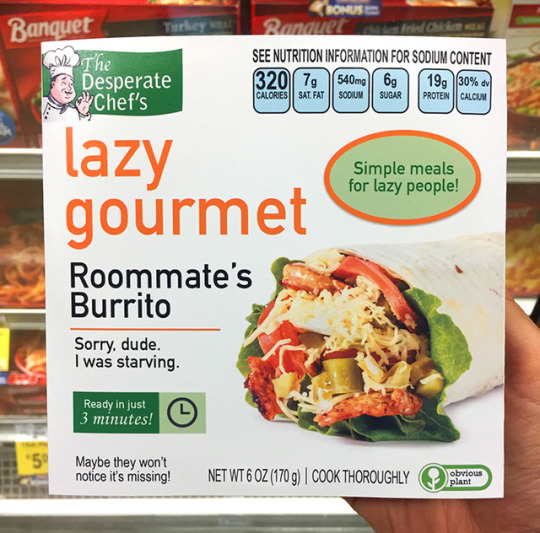
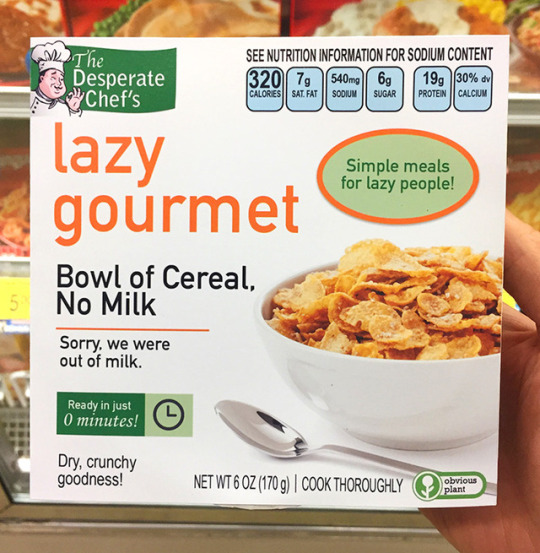
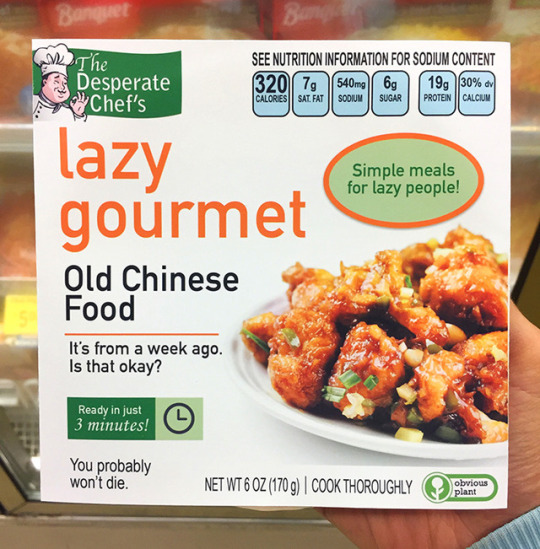
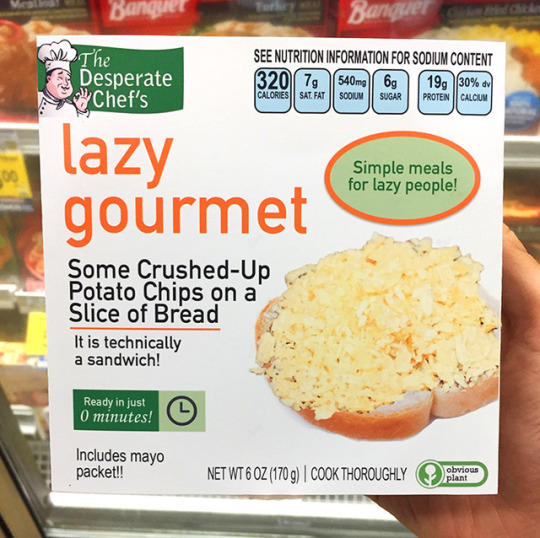

I made some fake frozen dinners for lazy people
68K notes
·
View notes
Text
The big texturing tutorial
1. Definition
Texturing is a technique that involves adding local shading and details on surfaces to better represent the material of an object. This technique is of course closely linked to shading in general. This is usually applied after defining a global shading.

From left to right :
Lineart
Global shading
Completed sprite
One of the big differences between global and local shading is homogeneity. The very principle of global shading is to give a sufficiently contrasting effect between the shaded and lit areas to bring out volume and depth. Conversely, a texture must be as homogeneous as possible. It must be able to be applied on large, uniform surfaces, without making it look bad.
2. Applying a texture
A texture being homogeneous in terms of its luminosity/contrast, if it is applied to an object without taking into account the global shading, we will lose any effect of volume and depth.

A texture applied to a sphere without shading. Only the deformation of the texture can give us a clue on the shape of the object, but it is still difficult to discern. Homogeneous contrast When applying a texture to an object, shadows must also be taken into account. It is therefore important to maintain a uniform contrast between colours. A dark line separating a light zone from a dark zone should not keep the same colour between these two zones.

The color of the line will be lighter on the lighter side and darker on the darker side to preserve its contrast with the background. In the same way it is possible to apply a texture or pattern on a shaded object, by proceeding to a simple color shifting in our palette.

Combination of a texture (left) and an object that is not textured but shaded (middle).
3. Local shading
Since shading is used to highlight the bumps, there are generally two possible cases:
A groove
A bump
Each of these cases can be more or less accentuated by playing on the colors, the intensity of shadows and lights.

On the upper line, troughs ranging from the weakest to the strongest bumps. On the second line, these are bumps that stand out. The mastery of these light bumps is very important, it is the basis of the textures, and will make it possible to manage all the simple cases, such as wood or matte plastic. Example of application on a simple object:

4. Reflections
The application of a reflection is done in a simple way, by applying diagonal strips of light of varying thicknesses, and following a few rules.

A trough or bump will create an offset at the reflection level (proportional to the height change). As for the shadows, there is no absolute, depending on the palette or the material represented, it is possible to lighten or not the area at the reflection level. It is also important not to have parallel light bands on faces that are not oriented in the same direction, as on this cube:

Concrete example of the application of a gold texture on our drawers:

Or, added reflections on our previous crate:
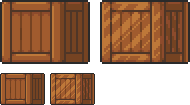
5. Dithering and granularity
Dithering consists in creating a new false color from a checkerboard or other regular pattern of two colors close enough to give an illusion of mixing. The closer the colours are, the stronger the illusion will be. The more the colours are contrasted, the stronger the granularity effect will be.

Dithering is basically used to obtain fake intermediate shades on limited palettes, but it is also very useful for making complex and rough textures.

Example of complex dithering separating 3 colors over a wide area.

The nature of the pattern totally changes the roughness aspect. Example of the application of a sandy rock on our drawers:

Or add grain to our crate:

6. The art of destruction
The more complex a texture is, the more it will combine fundamental techniques such as bumpiness, reflections or granularity. However, some materials need to go further, by cutting, slash or breaking the base support.
Cuts It works much like bump, but on a much finer surface. We are subject to the same rules, of which here is a summary image:

From the finest to the most pronounced, on the first line of the cuts, and on the second of the bumps. A concrete example on our crate:
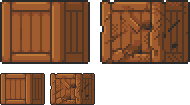
Exercises
Since nothing beats practice to learn, here is a series of examples from the simplest to the most complicated.
For each exercise resolved, post your results.
Mastering tools
Add a strong bump on the text of this image, except the ‘x’ which must be a groove (the center must be dug more strongly than the rest of the 'x’):

Palette:

Add reflections on the image obtained between the two red lines shown below:

Now cut and break the letter 'e’ as well as possible.
Add grain to the letter 'l’.
Finalize a sprite
Texturize/colorize this sprite:

Palette:

Add reflections on the inside of the doors to give the impression that there are windows.
Add damage (cuts etc) on the right side of the wardrobe.
Make a variant of this cabinet by redoing it in gold using the palette of the gold drawers example in the tutorial. Palette:

Do the same with the sandy rock. Palette:

Sample solutions
Here are some solutions by a talented friend :

Gif process
The end.
30K notes
·
View notes
Photo

A dashie goes blep
3 notes
·
View notes
Photo

Originally going to be just a normal study but it got, different
6 notes
·
View notes
Photo

A quick 30 min art
18 notes
·
View notes
Photo

A $5 sticker commission/request from a buddy called JaytheForse over on Telegram
Maybe I should make Telegram sticker commissions a thing when I remake my commission info
2 notes
·
View notes
Photo

A lil sleepy skunker sticker I made for Telegram
2 notes
·
View notes
Photo

Chris was a naughty horse and ate cookies today
4 notes
·
View notes

